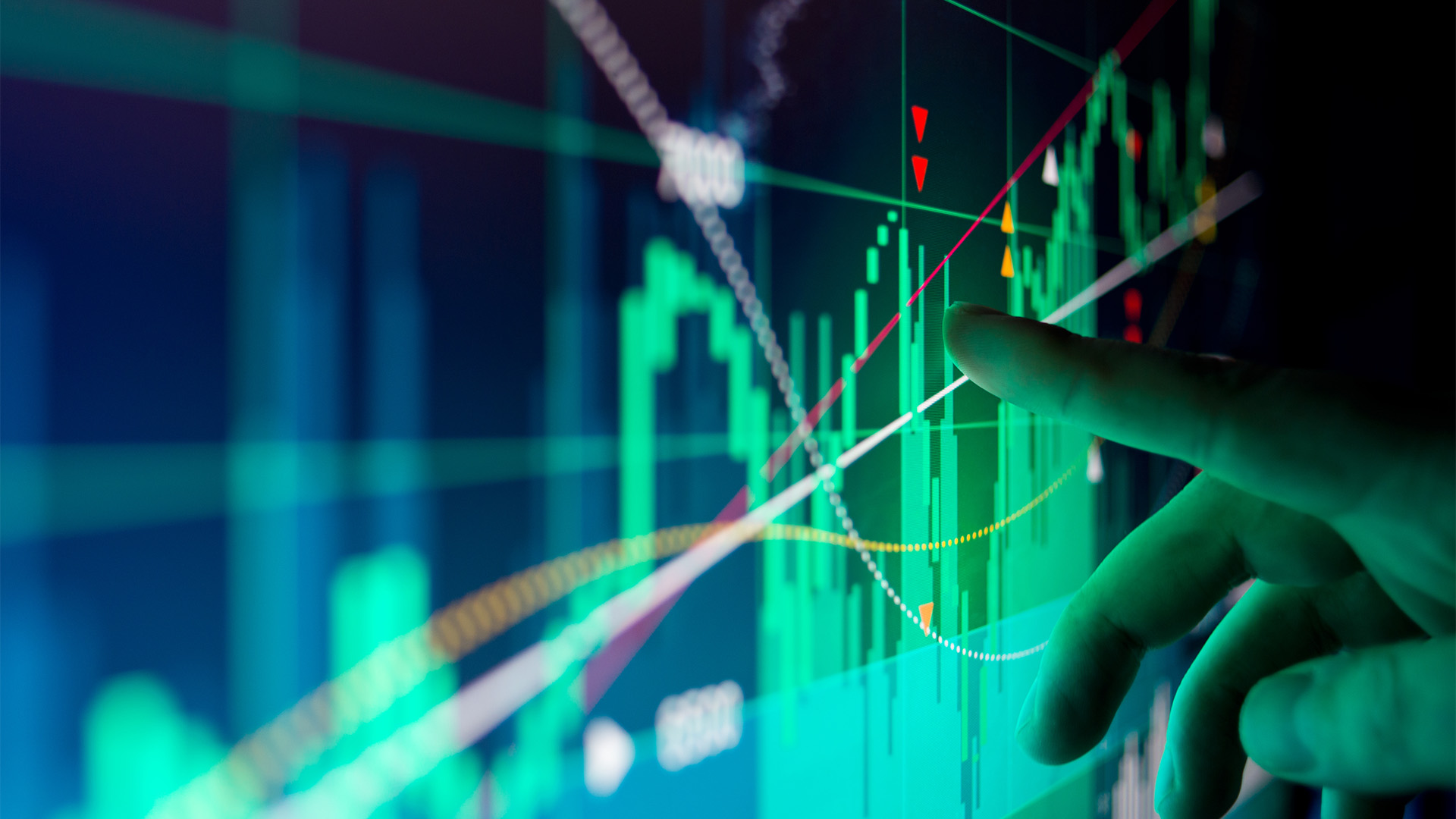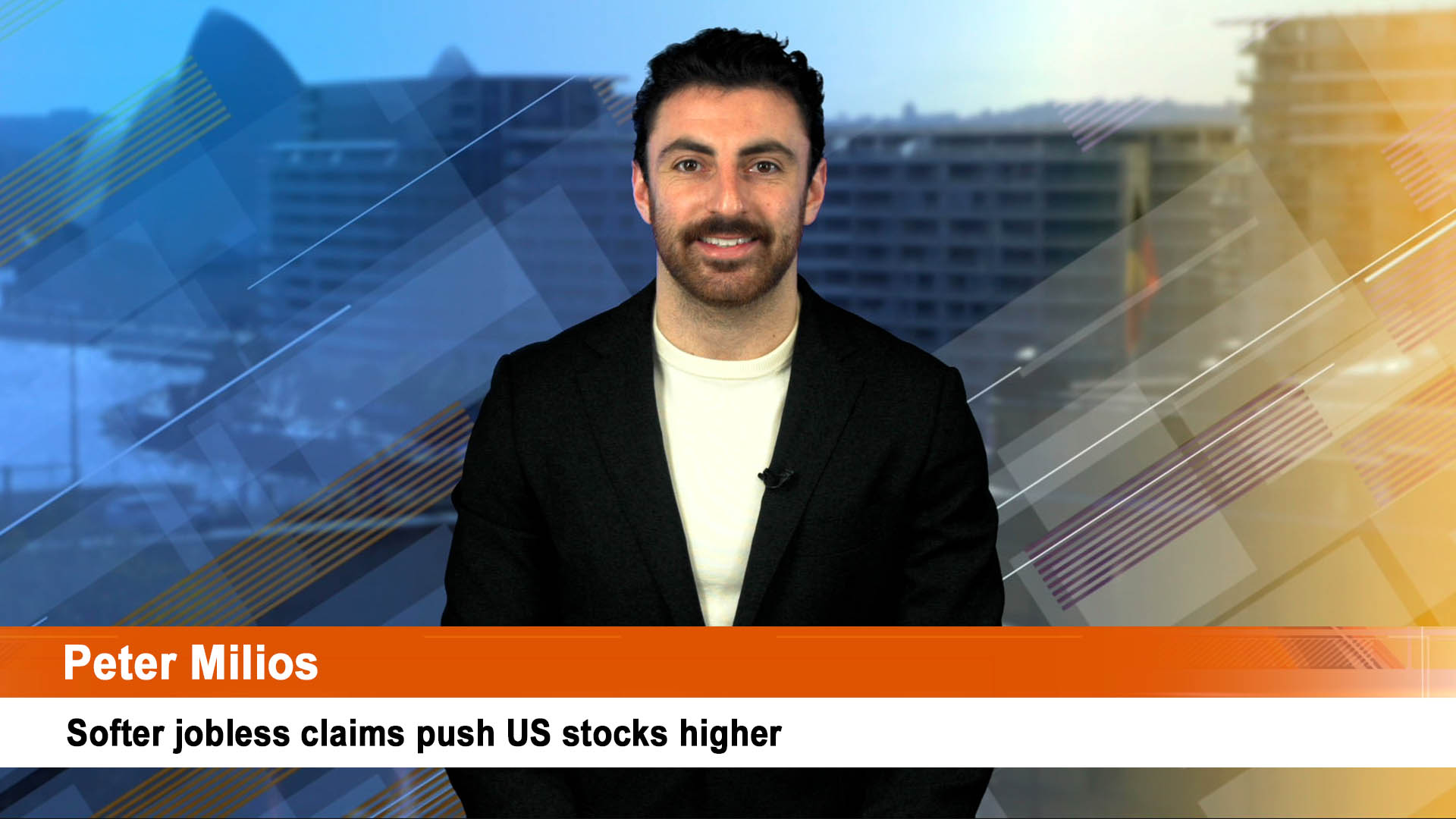Global sharemarkets climbed on Friday as the major indexes notched their best week in more than a year.
Wall Street followed European and Asian markets higher on Friday to cap what was for most the best week since the rebound in mid to late 2020.
Following strong leads in Europe (Eurozone shares rose 0.6%) and the US (the S&P 500 added 1.2%) on Friday , ASX 200 futures rose 59 points, or 0.8%, pointing to a positive start to trade for the Australian share market at the open later this morning.
Investors will also be greeted by an Australian dollar above 74 US cents for the first time this year and since last October.
Optimism about a peace deal in Ukraine (which disappeared by Friday), a fall in oil prices (until Friday), relief that the Fed’s first rate hike was broadly as expected and indications that China will provide more policy stimulus partly to combat the spread of Covid infections and related lockdowns.
The Dow rose 274.17 points, or 0.8%, for the fifth day in a row to 34,754.93. The S&P 500 added 1.1% to reach 4,463.12, and the Nasdaq jumped 2.05%, ending at 13,893.84. Both indexes surged for a fourth consecutive day. All of the major averages finished their best week since November 2020.
That saw a week of big gains with the S&P 500 notching a 6.1% gain for the week, the Dow 5.5% higher, and the Nasdaq Composite an 8.1% leap.
Besides the leap on Wall Street, Eurozone shares jumped 5.4% and Japanese shares gained 6.6%. Hong Kong’s Hang Seng index rose 4.2% after the 9.9% surge on Wednesday.
But China’s markets did worse – the Shanghai market could only manage a 1.7% fall over the week while the CSI 300 index (which includes shares from the Shanghai and Shenzhen) could only manage a small rise of 0.4%.
In view of the strength of the rises in markets like the US and Europe, the performance in the Chinese and Hong Kong markets looked like caution and wariness about whether the government of Xi Jinping would follow through with the promises of help that galvanised the markets from Wednesday onwards.
Foreign investors are bailing out of the Chinese markets.
The Financial Times reported at the weekend that foreigners sold $US6 billion worth of shares so far in the current March quarter, mainly due to a combination of the new coronavirus outbreaks and the risk that western countries will sanction Beijing if it supports Russia’s war in Ukraine, as well as worries about the stability of the property sector and the crackdown on technology and other companies (though there are signs the government is trying to end that story).
Chinese shares took a heavy blow at the start of last week as Covid-19 cases surged in major cities like Shanghai and Shenzhen, extending declines that have proven persistent in the year so far.
Local investments have edged back up after Beijing signalled it would take a suite of market-friendly measures. But foreign investors in stocks listed in mainland China have not.
In his weekend note, the AMP’s chief economist, Shane Oliver asked Have we seen the low in shares?
“After a 13% top to bottom plunge US and global shares have rebounded cutting the decline to around 7% from their bull market high. Similarly Australian shares have cut their losses from last year’s bull market high (with the market down 10% to its low in January) to around 4.5%.
“It’s possible we may have seen the lows, but uncertainty remains high around the war, and inflation is still likely to get worse before it gets better keeping uncertainty high around the extent of monetary tightening.
“And so far the rebound in shares has lacked the breadth and strength often seen coming out of market bottoms.
“So, while we remain of the view that share markets will be higher on a 6–12-month horizon it is still too early to say we have seen the bottom,” according to Dr Oliver.
Australian shares rose for a third straight day on Friday to notch up their best week since February last year, driven by gains in commodities
The ASX 200 index rose 0.6% to 7,294.4 points at the close of trade. The 3.3% gain for the week, its best performance in 13 months.
…………
Unbelievable as it may seem, European stocks have now fully recovered from the shock of Russia’s invasion of Ukraine on February 24.
The Stoxx 600 index dropped more than 10% from immediately before the invasion in late February to the low point on March 7. It is now right back where it started, after the biggest weekly rally since late 2020. Roughly the same goes for Germany’s Dax, which dropped even more heavily and is now close to the starting point again.
And yet economists of all stripes reckon Europe is going to feel the full brunt of the impact on their economies from the invasion and the surge in energy prices, especially oil.













